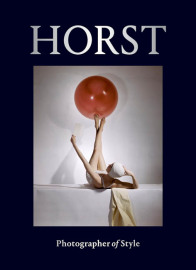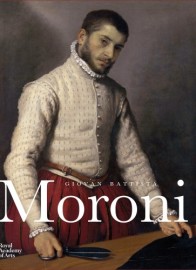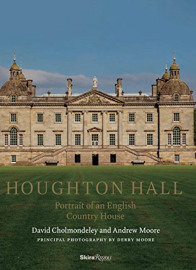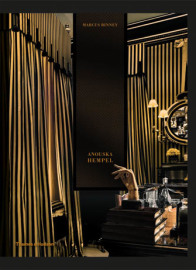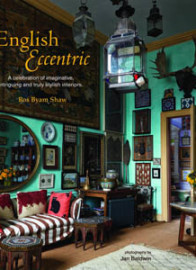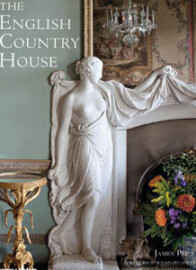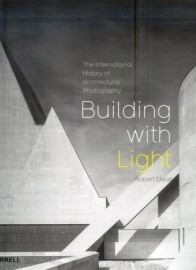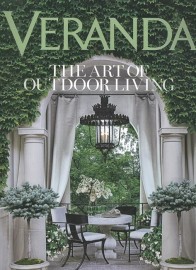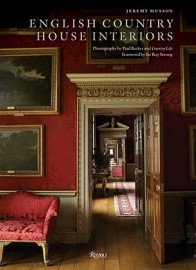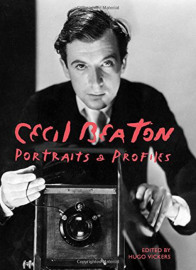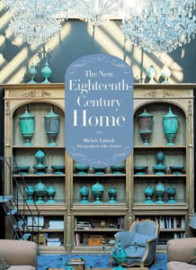Our edit of five of the best books out this month is dominated by the art of collecting. Collections of stuff we are intrigued or obsessed by, that we amass and which defines and gives character to our homes. These include ‘Marble Mania’ – the long lasting fashion to collect classical marble statuary by the English elite – an obsession that was fascinatingly informed by a perception of themselves as latter day Romans; the wildly varied stuff collected by modern and contemporary artists, as an insight into their minds and output; an interior designer whose beautiful interiors appear undesigned, partly as a consequence of a sensitive and modest philosophy of allowing the client’s collections to give character to the interior. A book with a startling collection of upcycled products, setting new benchmarks in quality and ensuring that upcycling will soon become mainstream; finally like the slave that held the laurel crown over the triumphant Roman commander’s head, whilst whispering reminders of his mortality, a haunting photographic collection of ruined interiors is a salutary reminder that like the pharaohs you can amass all the treasures you like, but it all ends in dust.
Owning the Past: Why the English Collected Antique Sculpture, 1640 – 1840
By Ruth Guilding, Published by Yale University Press, RRP £55
To order Owning the Past: Why the English Collected Antique Sculpture, 1640 – 1840 please visit GDC interiors Book Collection on Amazon
If whilst wandering around the statue lined halls of many an English country house, you may have developed the impression that they were built around their priceless antiques and collectables, then you were probably right. Many neoclassical houses were built inside out to house vast collections of sculpture and paintings that were amassed on the Grand Tour. Ruth Guilding’s ‘Owning the Past’ is a fascinating account of two hundred years of English ‘marble mania’, during which there was a veritable stampede to Italy by English aristocrats and aristocratic wannabes, as they sometimes bankrupted themselves in the mad panic to amass classical statuary, is an insightful study of the phenomenon. It tells us a lot not just about these great collections and why they were acquired, but also about the worldview of the English elite and the legacy of that worldview today.
Read Our Full Review Here.














